Table of Contents
Introduction to Montreal Seasoning for Steak
Montreal seasoning (often called Montreal steak seasoning) is a popular spice blend used to flavor steak, not a type of steak itself. This Canadian-inspired blend delivers bold, smoky, and slightly spicy flavors that elevate any grilled or seared meat. Whether you're a home cook or professional chef, understanding this seasoning's proper use is key to achieving restaurant-quality results at home.
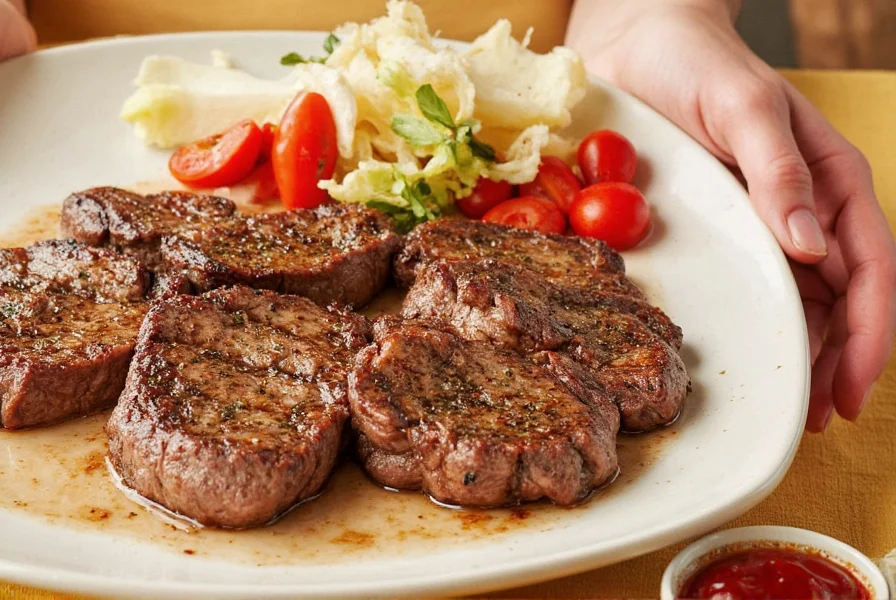
Spice Basics: What You Need to Know
Traditional Montreal seasoning contains coarse black pepper, garlic powder, onion powder, paprika, coriander, dill, red pepper flakes, and sometimes mustard seed. The signature coarse texture and balanced heat distinguish it from other steak rubs. Unlike "Montreal spice steak" (a common misconception), this is a spice blend designed for seasoning meat, not a specific cut of steak.
For optimal flavor, use 1-2 tablespoons per pound of meat. Apply to dry surfaces 15-30 minutes before cooking to allow flavors to penetrate. The coarse texture creates a delicious crust when seared at high heat.
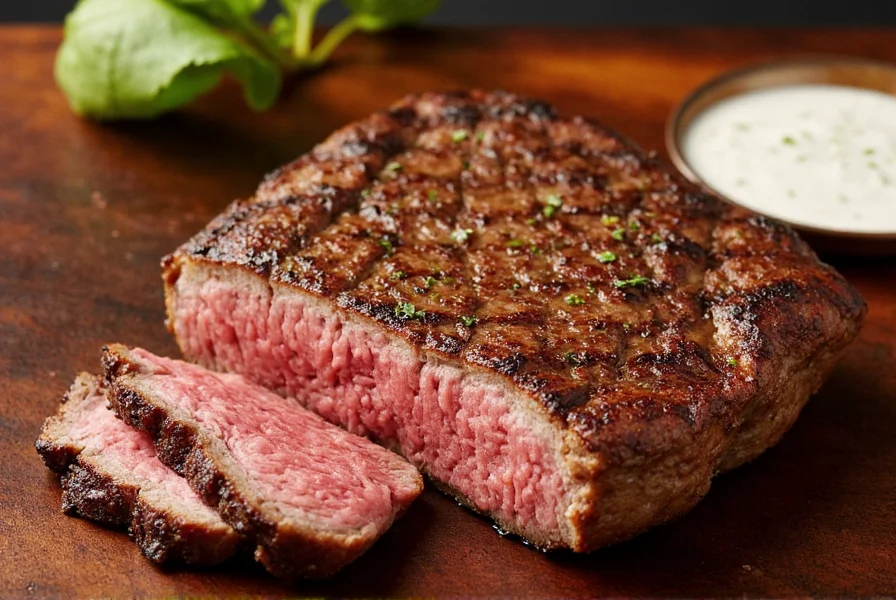
Why It's Popular
- Rich flavor: Delivers deep, smoky taste without overpowering natural meat juices
- Easy to use: Simply sprinkle on meat before cooking—no marinating required
- Versatile: Works with beef, chicken, pork, fish, and vegetables
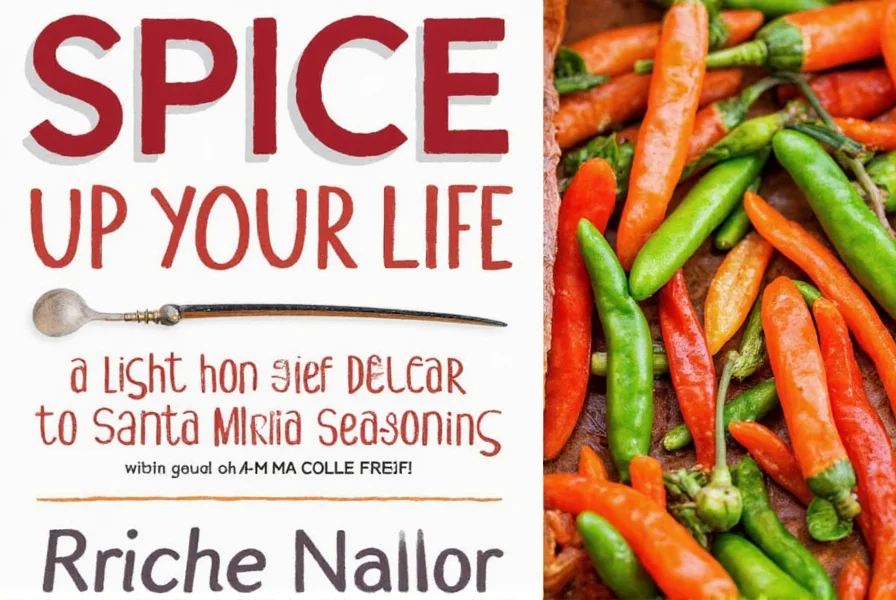
Practical Tips for Using Montreal Seasoning
Follow these expert tips for perfect results every time:
- Use fresh spices: Replace old blends every 6 months for maximum flavor potency
- Apply to dry meat: Pat meat dry before seasoning for better adhesion
- High heat searing: Cook at 400°F+ to develop crust without burning spices
- Rest after cooking: Let meat rest 5-10 minutes to redistribute juices
- Pair with complementary sides: Try roasted potatoes, grilled asparagus, or a crisp salad
| Mistake | Why It's a Problem |
|---|---|
| Over-seasoning | Excess spice masks natural meat flavor and creates bitter aftertaste |
| Using wet meat | Moisture prevents proper spice adhesion and causes steaming instead of searing |
| Low heat cooking | Prevents crust formation and allows spices to burn rather than caramelize |
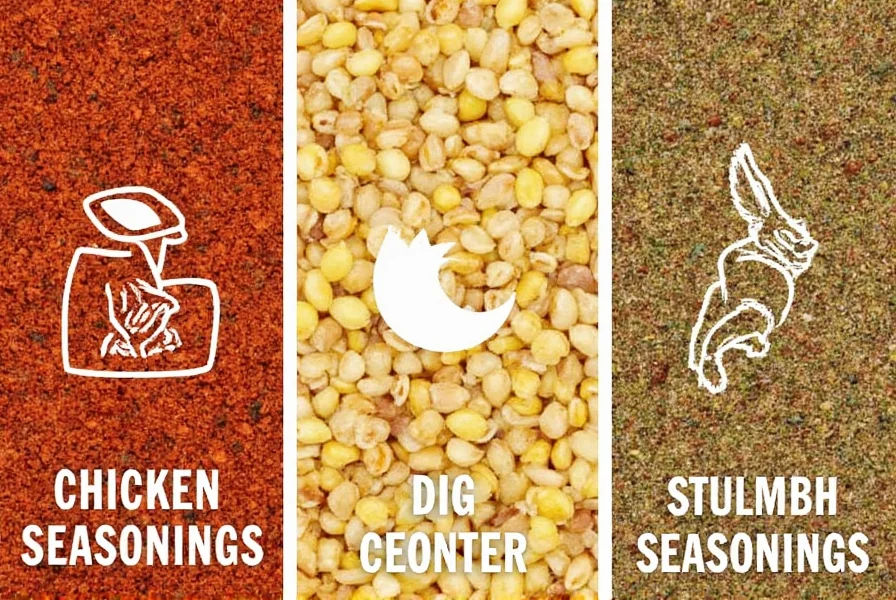
Buying Guide: How to Choose the Best Montreal Seasoning
When selecting Montreal seasoning, consider these professional criteria:
Key Features to Look For
- Coarse texture: Visible spice particles ensure proper crust formation
- Natural ingredients: Avoid blends with artificial flavors, MSG, or anti-caking agents
- Balance of spices: Should have prominent black pepper with supporting garlic, onion, and paprika
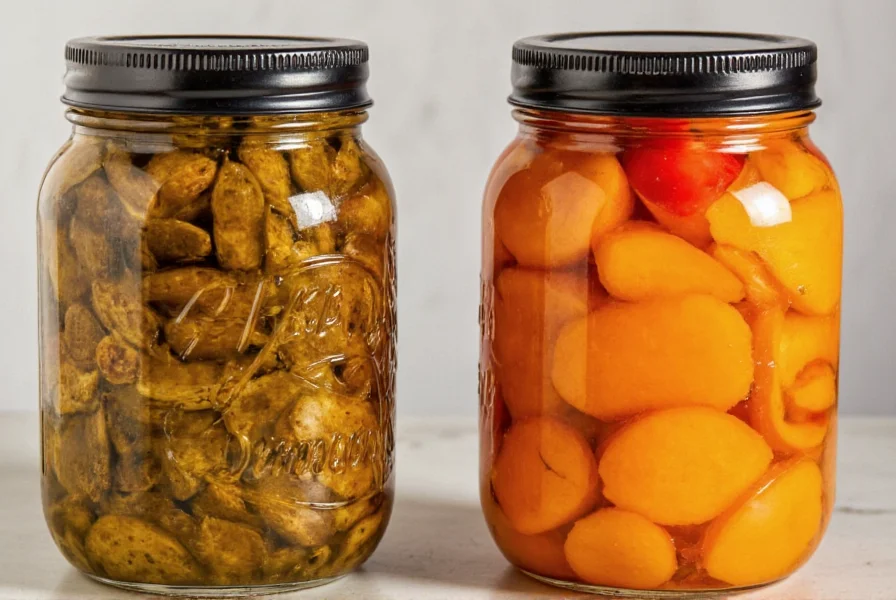
Top Professional-Grade Options
| Product | Key Features | Best For |
|---|---|---|
| Mccormick Montreal Steak Seasoning | Coarse grind, no artificial additives, balanced heat | Everyday use for home cooks |
| Lawry's Montreal Steak Seasoning | Higher paprika content, slightly sweeter profile | Grilling and roasting applications |
| Spice Islands Montreal Seasoning | Organic ingredients, premium coarse texture | Gourmet preparations and special occasions |
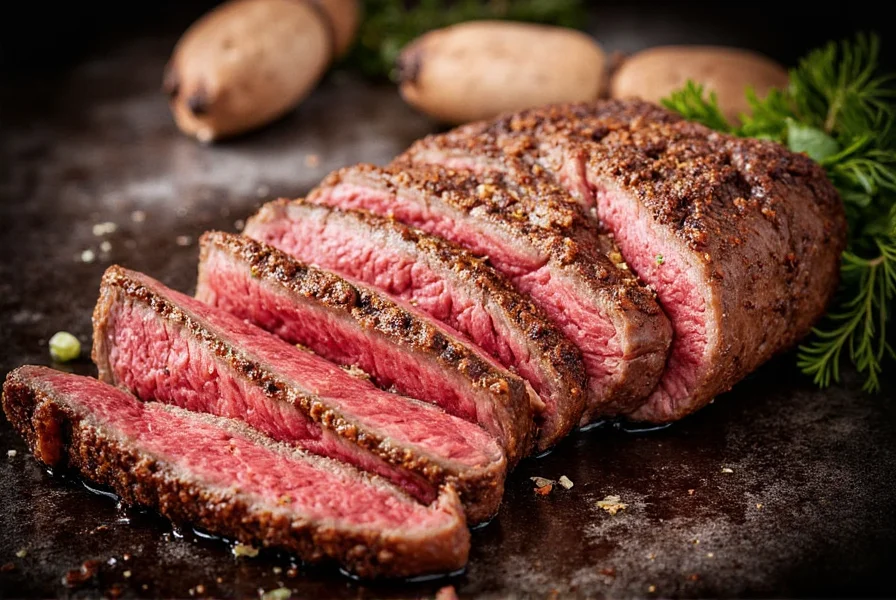
Real-World Use Cases
- Weekend BBQs: Perfect for steaks, burgers, or ribs—apply generously before grilling
- Weeknight dinners: Quick rub for chicken breasts or pork chops (15 minutes before cooking)
- Vegetarian options: Excellent on roasted cauliflower, portobello mushrooms, or tofu
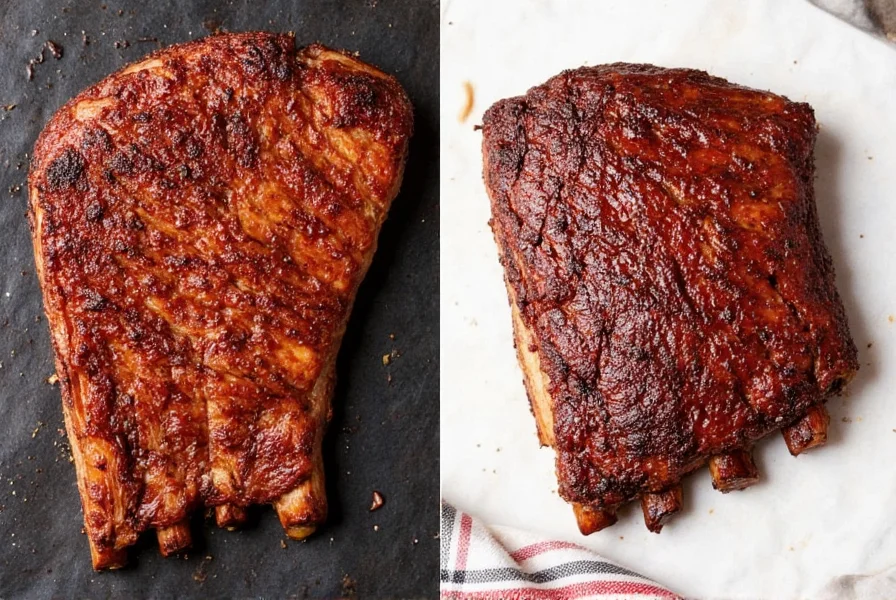
Frequently Asked Questions (FAQ)
- What exactly is in Montreal seasoning?
- Traditional Montreal seasoning contains coarse black pepper, garlic powder, onion powder, paprika, coriander, dill, red pepper flakes, and sometimes mustard seed. The coarse texture and balanced heat distinguish it from other steak rubs. It does not contain sugar or artificial additives in authentic versions.
- Should I apply Montreal seasoning before or after cooking?
- Always apply before cooking! Press the spice blend firmly onto dry meat surfaces 15-30 minutes prior to cooking. This allows flavors to penetrate while the oil in the spices helps form a delicious crust during searing. Never apply after cooking—this prevents proper adhesion and crust formation.
- Can Montreal seasoning be used for vegetarian dishes?
- Absolutely. It's excellent on roasted vegetables (especially cauliflower and potatoes), grilled portobello mushrooms, or tofu. The savory profile adds depth to plant-based proteins without overpowering their natural flavors. For vegetarian applications, reduce quantity by 25% to avoid overpowering delicate flavors.
- How long does homemade Montreal seasoning last?
- When stored in an airtight container away from light and heat, homemade blends stay potent for 3-4 months. Commercial blends typically last 6-12 months. Always check for fading aroma or color changes as signs of degradation. Discard if the blend smells stale or lacks vibrancy.
- Is Montreal seasoning gluten-free?
- Most authentic blends are naturally gluten-free since they contain only spices. However, always verify labels if you have celiac disease, as some commercial versions may include anti-caking agents containing gluten or be processed in shared facilities. Look for certified gluten-free labels when necessary.
Conclusion: Savor the Flavors
Montreal seasoning is more than just a spice blend—it's a flavor enhancer that brings a unique, smoky, and slightly spicy kick to any dish. Whether you're grilling a steak for dinner or experimenting with new recipes, this seasoning is a must-have in your kitchen. With the right techniques and quality ingredients, you can transform ordinary meals into extraordinary experiences.
Next time you're cooking, reach for authentic Montreal seasoning. Your taste buds—and your guests—will thank you for the restaurant-quality results.
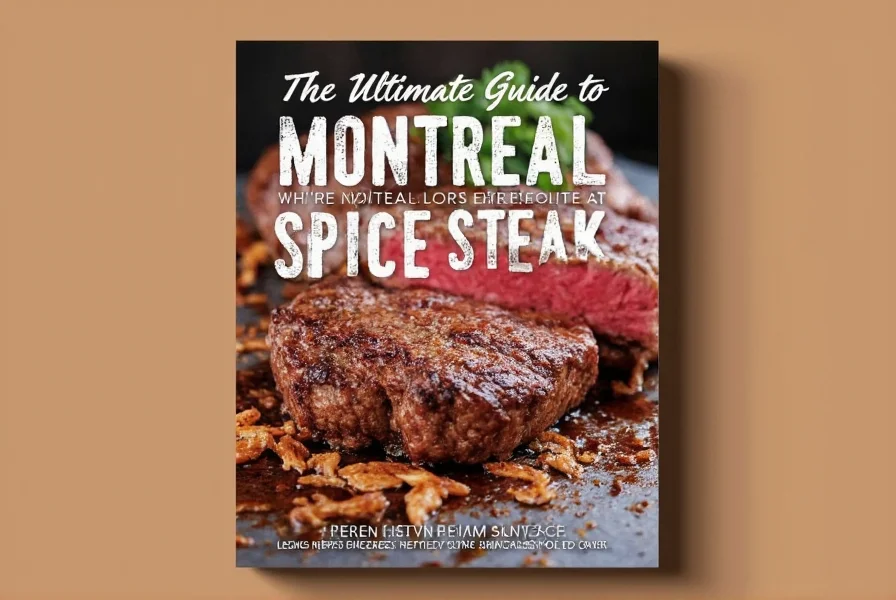

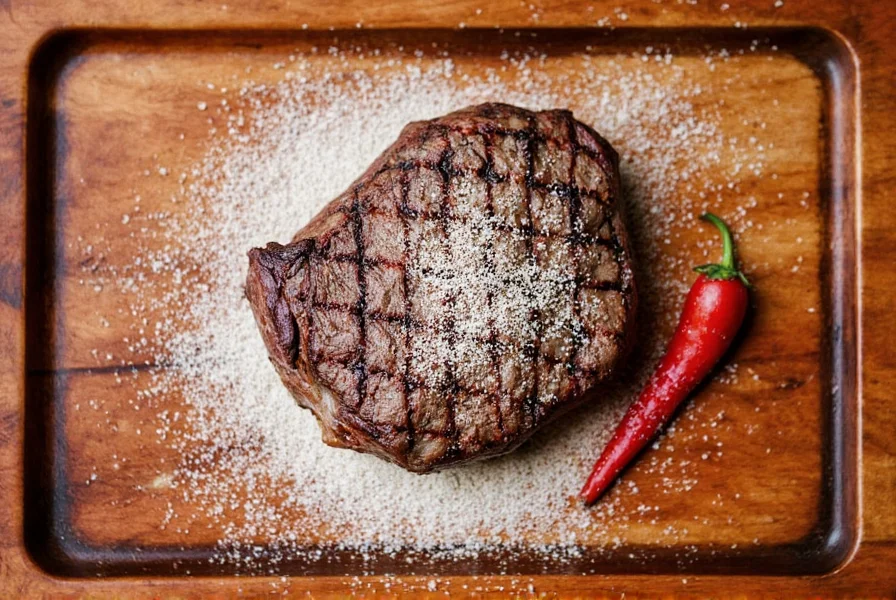









 浙公网安备
33010002000092号
浙公网安备
33010002000092号 浙B2-20120091-4
浙B2-20120091-4